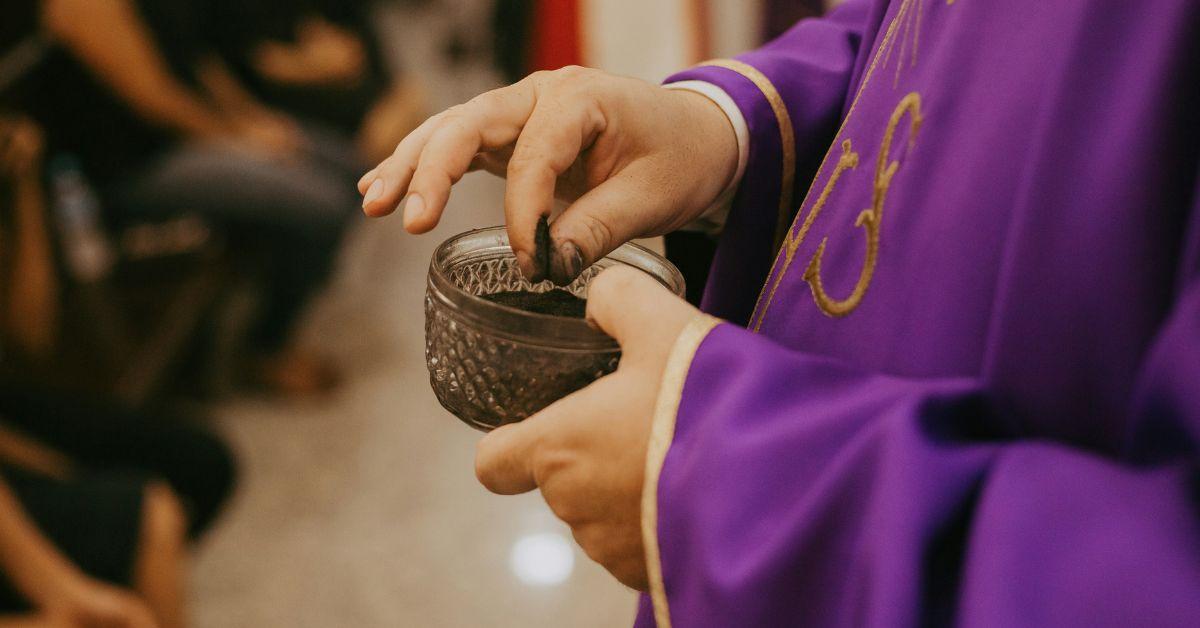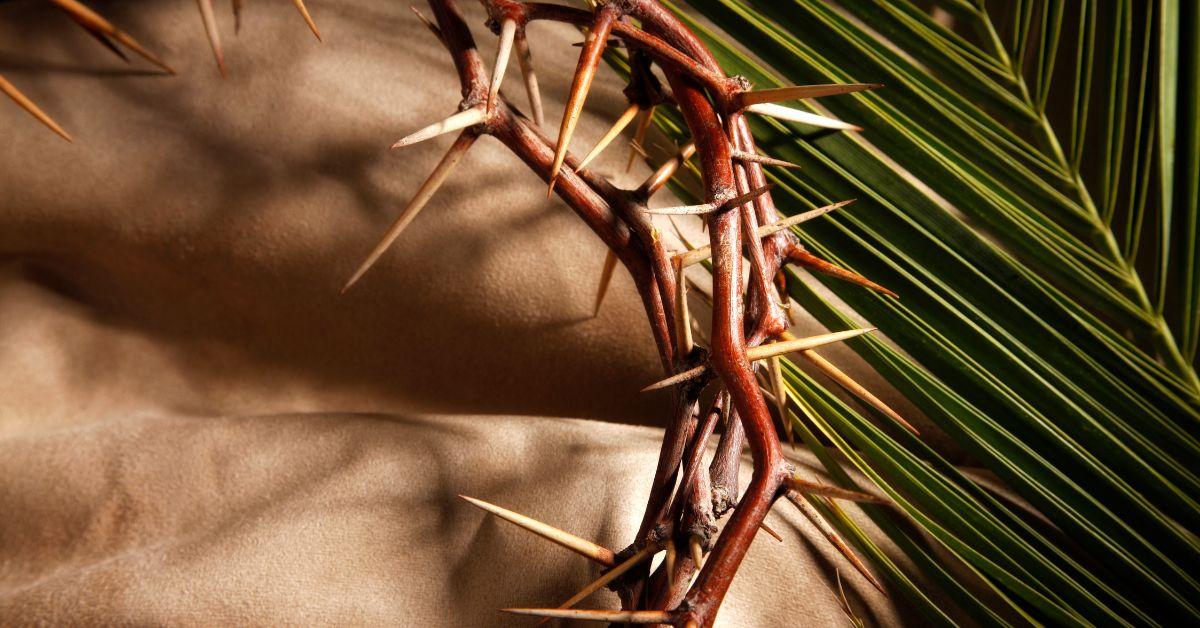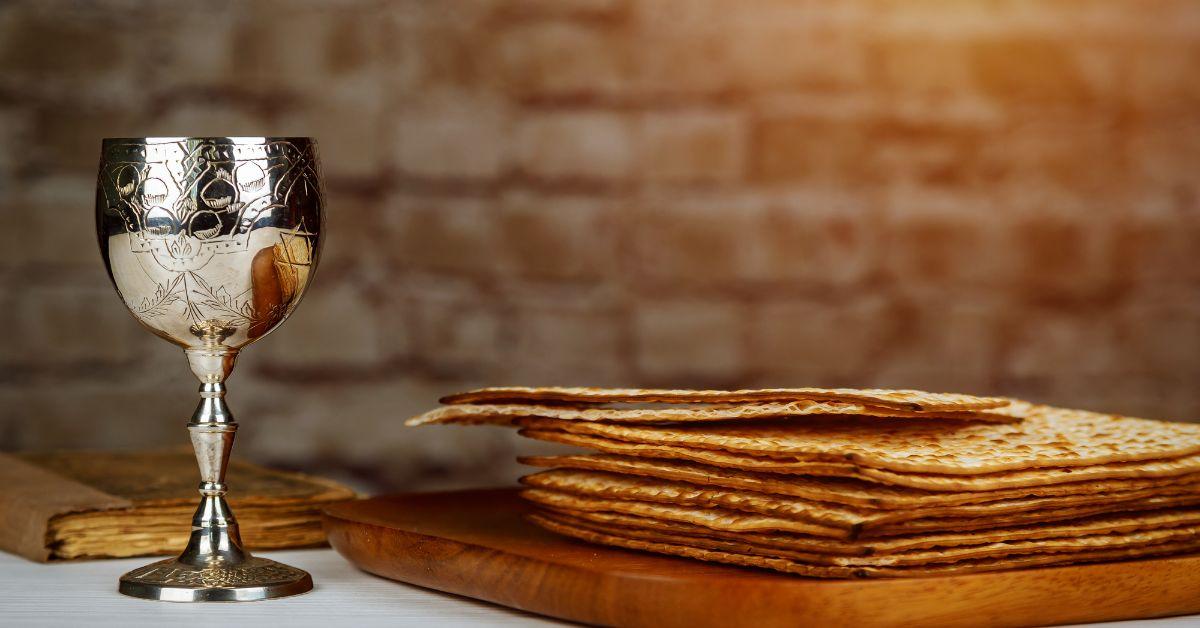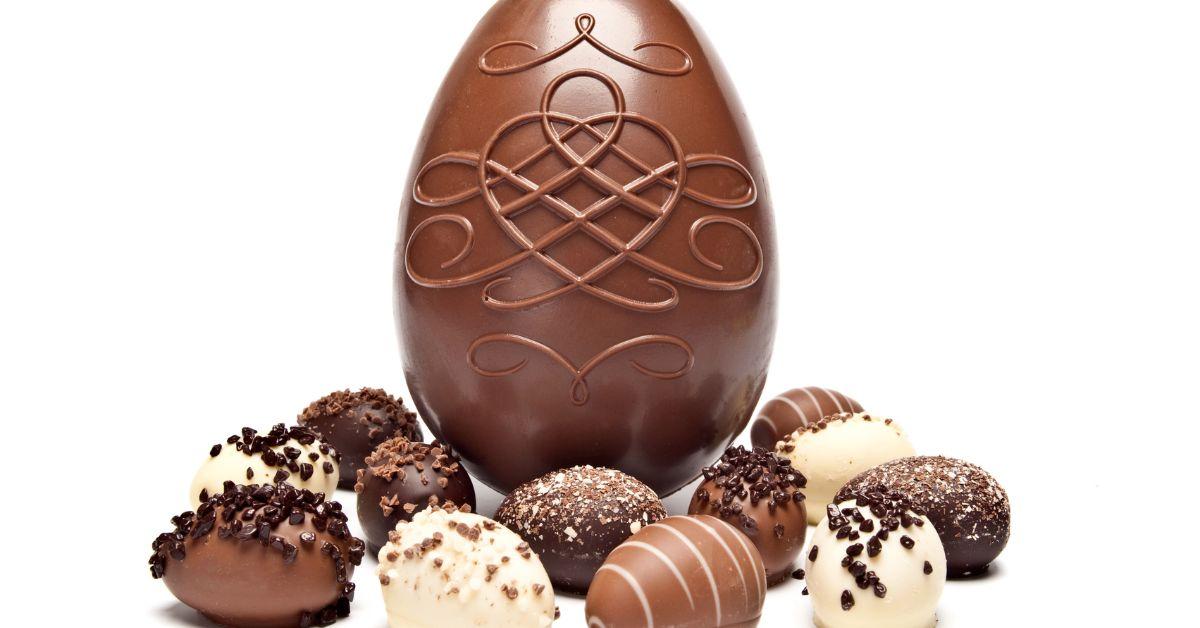By: Joni Boyd
We all have our favourite Easter tradition. That moment which feels like Easter.
You may be surprised to know the origins of some of our Easter traditions!
We’ve started the hard work for you… we’ve been digging into the history behind of your favourite Easter traditions. So let’s jump in and find out all there is to know about the Easter season.
The Timing of Easter
The earliest Christian celebrations of Easter coincided with the Jewish Passover because that’s when Jesus was crucified. Until the year 325, Easter was celebrated on various days but then the church decided to standardise the timing, using a complicated system based on the cycle of the moon.
It was decided Easter would be “the first Sunday following the first full moon after the northern Spring Equinox. Equinox is when daytime and nighttime are each 12 hours long, and in the northern hemisphere that’s March 22, so Easter is now celebrated on a Sunday between March 22 and April 25.
Easter is celebrated on a Sunday because that’s the day Jesus rose from the dead.
Shrove Tuesday

The day before the start of Lent is called ‘Shrove Tuesday.’ Lent is a time of abstinence, usually from rich foods, although some European countries have no weddings, dancing or singing during this time. In many countries, foods like meat, eggs, milk and fats that aren’t supposed to be consumed during Lent are made into pancakes.
‘Shrove’ comes from ‘Shriving’, which means to confess your sins. In France and other parts of Europe, it’s called ‘Mardi Gras’, meaning ‘Fat Tuesday’, as it’s a time of feasting before the fasting begins. Many Christians use Lent as a time to reflect and pray and fast, or give up a favourite food, pleasure or a bad habit as a way of making a personal sacrifice to remember Jesus’ sacrifice.
Ash Wednesday
Ash Wednesday is the first day of Lent, the period of preparation for Easter. Its name is derived from an early tradition of using ash to mark the forehead with a sign of the Cross. The ashes came from burning the palm leaves used in Palm Sunday celebrations from the previous year.

Ashes were a symbol of repentance. Jews would throw ashes over their heads as a sign of sorrow for their sins. Ashes are also associated with death, and many Christians see them as a reminder that Jesus died to take away our sins.
Good Friday
This day is called various names in different parts of the world, including ‘Black Friday’, ‘Easter Friday’, ‘Great Friday’, ‘Holy Friday’, ‘Long Friday’, ‘Passion Friday’ and ‘Sad Friday.’ The origin of ‘Good’ isn’t clear. Some experts believe it derived from ‘God’s Friday.’ ‘Good’ could be a mistranslation of the German word ‘Gott’, meaning ‘God.’
Others maintain that it means ‘Good’ because the ‘Good News’ is that Jesus’ death and resurrection brings eternal life.
Easter Bunnies
Hares or rabbits have a long association with Easter celebrations in many countries. The idea that bunnies brought eggs for children is thought to have originated in Germany in the 1500’s. The Germans were the first to eat Easter bunnies, which were made from pastry and sugar.
In more recent times, confectionary manufacturers have exploited their appeal to children thus making chocolate bunnies a regular fixture at Easter.
For thousands of years many people, especially in the Middle East, regarded hares and rabbits as symbols of reproduction or ‘new life’ hence they became a part of Easter celebrations because of the reminder that new life comes from Jesus’ resurrection.
Passion Plays
The early Christians focused very strongly on the death of Jesus and because few people could read or write, plays were used to teach about His suffering. Originally these plays were part of worship services. Later they were held separately.
The most famous Passion Play is performed at Oberammergau in Germany, which takes about 8 hours. It dates back to 1633 when the residents vowed to perform it every 10 years, to thank God for sparing them from the Great Plague.
Mel Gibson’s graphic movie ‘The Passion of the Christ’ has been seen by more people than any other presentation of the final hours leading to Jesus’ crucifixion. ‘Passion’ Plays are so called because of Jesus’ love for the world.
The Name ‘Easter’
At the end of winter, people in the northern hemisphere celebrated the warmer weather with a festival; the Spring Equinox. The Equinox is when the sun crosses the earth’s equator, making daytime and nighttime each 12 hours long.
The Anglo-Saxon name for the Equinox festival was ‘Os-tru’ or ‘Easter’. The word ‘Easter’ comes from ‘East’, which meant ‘shining’, because the sun rises in the east. The Equinox celebrations happened around the same time early Christians observed the death and resurrection of Jesus.
Gradually the festival of Easter came to remember the death of Jesus. Later it focused on Easter Sunday, when He rose again.
Lent
Lent runs from Ash Wednesday to Easter Sunday and is a time of spiritual preparation for Easter, originally intended as a period to fast and pray. It comes from an old English word ‘Lengthen’, meaning ‘Spring’, because in springtime the days are longer.
Lent is considered to be a forty-day period, but Sundays aren’t included because for many Christians that’s the normal weekly commemoration of the resurrection of Jesus.
The forty days reflect the “forty days and forty nights” Jesus spent in the wilderness fasting and praying. Today many Christians use Lent as a time of self-denial as well as a time to fast and pray, remembering Jesus’ death and resurrection.
The Passover

Early Christians celebrated the Passover at the same time as the Jews, because on the night before His death Jesus ate the Passover with His disciples. This was mandatory for every Jew, to remember how God rescued Israel from slavery in Egypt when the Angel ‘passed over’ the Israelites to bring judgment on the Egyptians.
Jews who now believe that Jesus is the Messiah still celebrate the Passover. Today many Christians celebrate the Passover as a way of preparing for Easter and focus on how God rescued all people through the death and resurrection of Jesus.
Easter Parades
It’s thought the Roman Emperor Constantine inadvertently started these parades by ordering his subjects to wear their best clothing to observe Easter Sunday. Many years later Christians who’d just been baptised wore white
robes in Easter week to indicate their new life while those who’d already been baptised wore new clothes.
In Medieval Europe, after Easter Mass, people would take a walk following a crucifix of candles. In many countries today these walks continue as ‘Easter Parades’, in which people show off their spring clothes including colourful bonnets decorated with spring flowers etc. However, many Christians organise parades on Easter Sunday to focus on the original meaning, their new life because of the resurrection of Jesus.
Easter Eggs

Each year, the average Aussie consumes about 20 Easter eggs of different shapes and sizes… a national total of more than half a billion. It’s believed the Germans came up with the idea of making eggs from chocolate and later chocolate bunnies.
In the northern hemisphere eggs were regarded as a sign of spring, and people in eastern Europe first started painting elaborate decorations on boiled eggs.
The custom of giving eggs and organising egg hunts for children started long before the time of Jesus. Egyptians and Persians gave them to friends as a symbol of prosperity, new life and hope. Early Christians adopted this custom because of the connection of ‘new life and hope’ with Jesus’ resurrection.
Hot Cross Buns
Each year Australians eat more than 100 million Hot Cross Buns. No one is sure how or when they became a part of Easter celebrations although it’s believed they originated in England. Traditionally Hot Cross Buns were baked for Good Friday, to celebrate the end of forty days fasting for Lent.
Hot Cross Buns contain the essential elements of Easter, the cross denotes Jesus’ crucifixion, the mixed spices symbolize the spices used in His burial, the shape represents the stone at the entrance to His tomb, and the yeast which makes the dough rise signifies that Jesus rose from the dead.
Article supplied with thanks to Hope Media.
Feature image: Photo by Jasmine Waheed on Unsplash
About the Author: Joni Boyd is a writer, based in the Hawkesbury Region of NSW. She is passionate about the power of stories shared, to transform lives.

